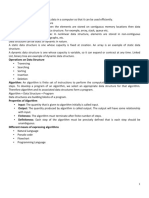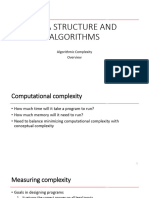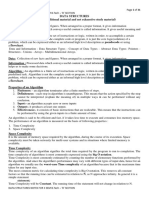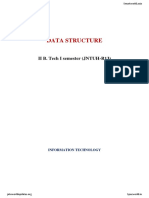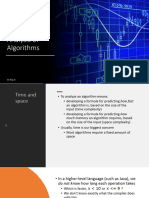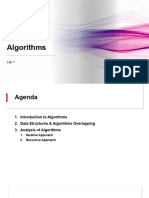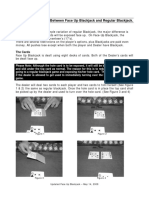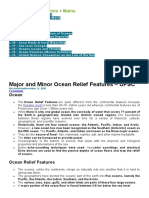0% found this document useful (0 votes)
564 views10 pagesPerformance Measurement of The Algorithm
The presentation covers the performance measurement of algorithms, focusing on time and space complexity using Big O, Big Ω, and Big Θ notations. It emphasizes the importance of analyzing algorithm efficiency and optimizing performance through proper data structure selection and memory usage. The conclusion highlights that effective performance measurement aids in choosing the best algorithms for real-world applications.
Uploaded by
Sriparna MajumderCopyright
© © All Rights Reserved
We take content rights seriously. If you suspect this is your content, claim it here.
Available Formats
Download as PDF, TXT or read online on Scribd
0% found this document useful (0 votes)
564 views10 pagesPerformance Measurement of The Algorithm
The presentation covers the performance measurement of algorithms, focusing on time and space complexity using Big O, Big Ω, and Big Θ notations. It emphasizes the importance of analyzing algorithm efficiency and optimizing performance through proper data structure selection and memory usage. The conclusion highlights that effective performance measurement aids in choosing the best algorithms for real-world applications.
Uploaded by
Sriparna MajumderCopyright
© © All Rights Reserved
We take content rights seriously. If you suspect this is your content, claim it here.
Available Formats
Download as PDF, TXT or read online on Scribd
/ 10












